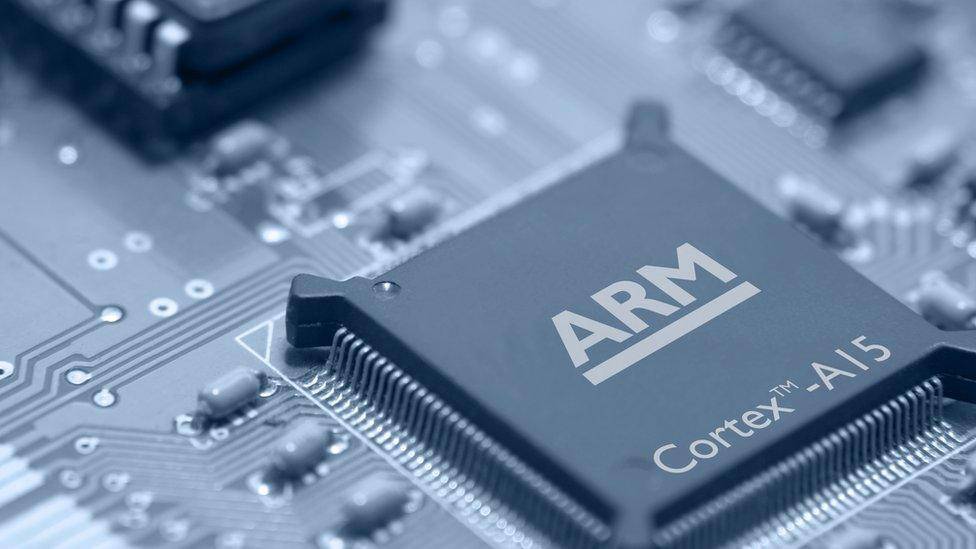X86‘s New Dawn: Intel and AMD Rarely Unite Against ARM
Intel and AMD announce the joint establishment of an X86 Ecosystem Advisory Group to enhance the compatibility and consistency of the X86 architecture in response to challenges from ARM chips.
On October 15, Eastern Time, Intel and AMD jointly announced at Lenovo's "Tech World" conference that the two companies will establish the X86 Ecosystem Advisory Group to improve the compatibility and consistency of the X86 architecture, addressing the challenges posed by ARM chips.
Intel CEO Pat Gelsinger believes that under the guidance of artificial intelligence, the current period is the most important era for innovation in the X86 architecture, entering a time of customization, expansion, and scalability. "We are in the era of artificial intelligence, 3D packaging, and chipsets, with a new category of innovations surrounding systems and entirely new workloads about to launch," he stated.
AMD Chair and CEO Lisa Su expressed, "It is exciting to bring the entire industry together and to continue the achievements of x86 for decades to come. Our next direction is to accelerate the development of computing capabilities and to promote the widespread application of computing technologies."

Since the 1980s, X86 has been the most widely used computing architecture globally, powering laptops, personal computers, and data center servers for the past 40 years. Subsequently, AMD acquired a license to use this technology and began producing chips using the X86 architecture, entering into competition with Intel.
However, the emergence of the ARM architecture quickly eroded the market share of the X86 architecture. All ARM chips can run all ARM software, while Intel and AMD, although using the same X86 architecture, sometimes need to modify their software to achieve compatibility.
Subsequently, companies like Apple and Qualcomm designed chips for laptops based on this architecture, while companies like Amazon, Microsoft, and Alphabet also adopted ARM architecture in their data centers. As a result, X86 chip manufacturers faced significant challenges.
Additionally, the ecosystem partners of the advisory group include technology companies such as Broadcom, Google, HP, Lenovo, Meta, and Microsoft, supported by numerous tech luminaries. In the future, the advisory group will also develop a set of simplified architectural guidelines to unify interface standards for Intel and AMD product lines, providing developers with standard architectural tools, instruction sets, and a clear outlook for the future.

If the advisory group operates as planned, AMD and Intel will each make decisions regarding product content and market competition, but all issues concerning the ecosystem and independent software vendors (ISVs), whether at the application layer or the operating system layer, will be jointly discussed, soliciting input from hardware and software providers with practical experience.
Pat Gelsinger also pointed out that today, ARM applications number in the billions, so the relationship between the X86 and ARM architectures is not a zero-sum game. The focus is on how X86 can explore and realize potential expansions, with automotive, mobile, and embedded devices likely being the starting points.
Intel and AMD's collaboration focuses on the fact that both companies have gathered numerous senior engineers who are passionate about X86. Lisa Su stated, "Although we have been competitors with Intel for many years, I believe we have the two best processor teams in the industry, and we understand what issues need to be addressed in the future."
Broadcom CEO Hock Tan also remarked, "We are at a historical intersection in the evolution of the computing industry, and decisions regarding the X86 architecture will influence the programming models, frameworks, and systems for decades to come."
·Original
Disclaimer: The views in this article are from the original Creator and do not represent the views or position of Hawk Insight. The content of the article is for reference, communication and learning only, and does not constitute investment advice. If it involves copyright issues, please contact us for deletion.